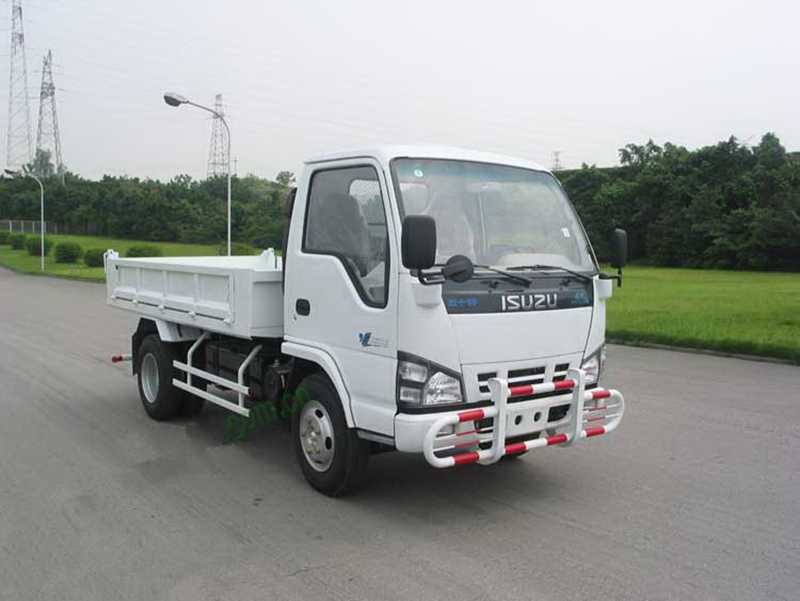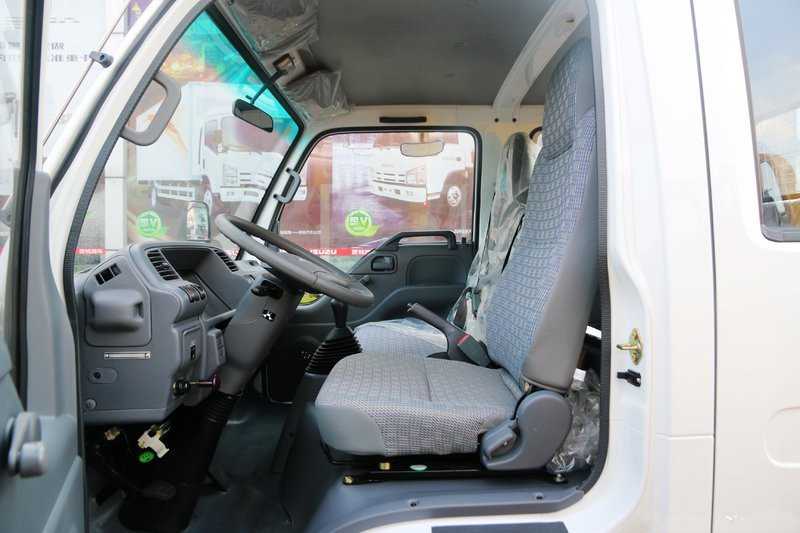

Dump semi trailers are a staple of the construction and excavation industries, designed to transport loose materials such as sand, gravel, or demolition debris. These trailers come in various configurations to suit different operational needs, including the number of axles, the type of dump mechanism, and the capacity of the trailer bed.


The dump mechanism allows for quick and efficient unloading of materials, saving time on job sites and increasing productivity.
Configurations like tandem or tridem axles provide better stability and traction on uneven or rough terrains, making dump semi trailers versatile for different job site conditions.

Trailers with more complex configurations or higher capacities tend to have a higher upfront cost.
The added complexity of multi-axle or specialized dump mechanisms can lead to higher maintenance needs and costs.
While beneficial for payload capacity, the increased size and weight of dump semi trailers can make them less maneuverable in tight spaces.
From construction to agriculture, dump semi trailers are indispensable for a variety of tasks:
Different configurations cater to different needs. For instance, a single-axle trailer might be suitable for smaller-scale operations, while a tridem axle trailer is better for heavy-duty work. The choice often comes down to the specific requirements of the job at hand.
Advancements in materials and design are leading to more fuel-efficient and durable dump semi trailers. Innovations such as automated dump mechanisms and advanced weight distribution systems are also becoming more common.
As the construction and excavation industries evolve, the role of dump semi trailers in efficient material transport remains crucial. By understanding the various configurations and their implications, businesses can make informed decisions to optimize their operations.